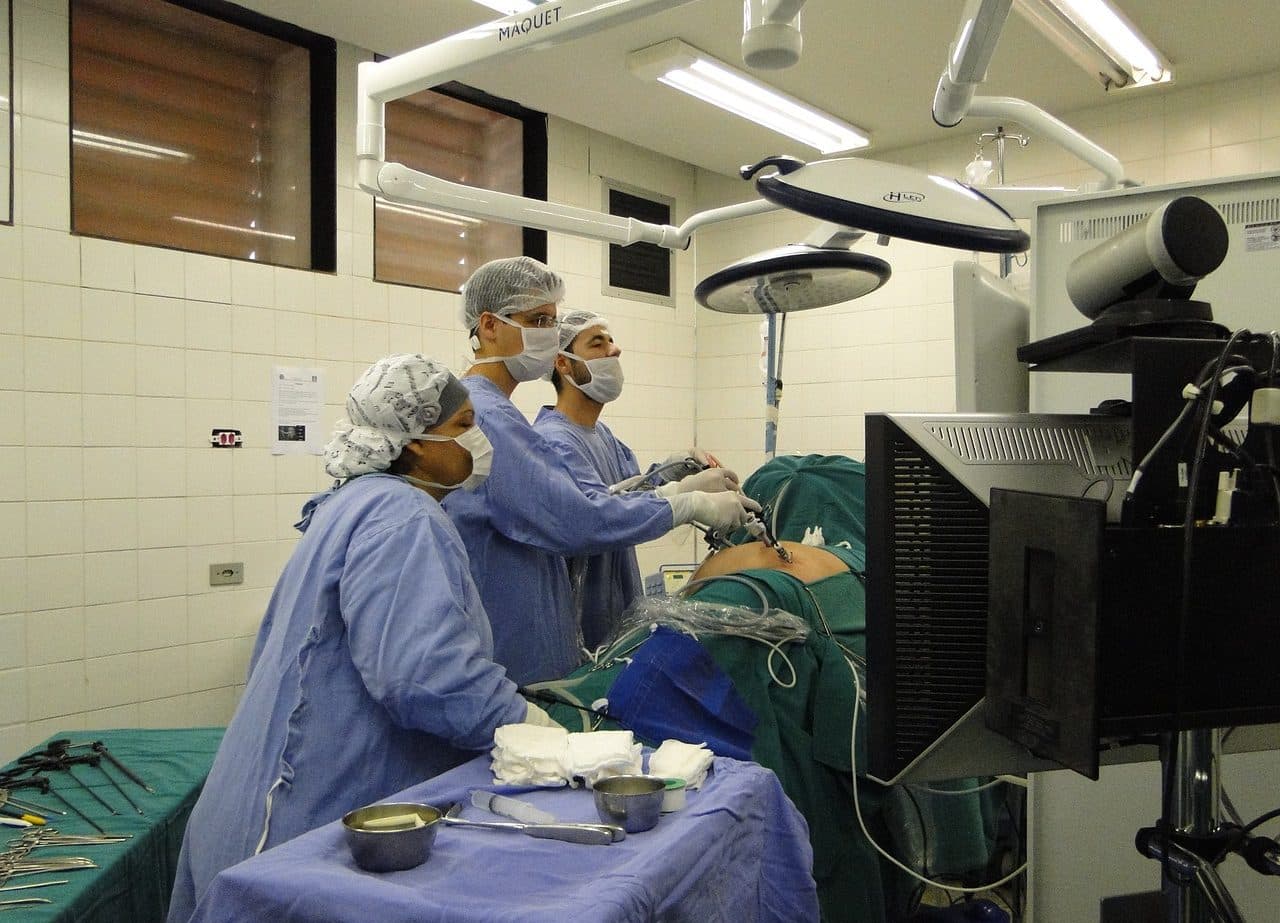
A biopsy involves removing and analyzing a piece of tissue.
A biopsy is a medical procedure that involves extracting and analyzing a portion of tissue taken from a living organism with the aim of making a diagnosis . The tissue sample in question is also known as a biopsy.
The etymology of the term takes us to a scientific Latin word, which in turn comes from two concepts of the Greek language: bíos (which can be translated as "life" ) and opsía (which translates as "sight" ). A biopsy consists of observing a sample taken from a living being through a microscope to provide an accurate diagnosis.
Types of biopsy
There are multiple types of biopsy, which can be classified according to two different criteria: the anatomical structure and the method used. Let's see below some of those that we find in the first group:
- Tissue biopsy : Performed in the context of fiberoptic bronchoscopy , a medical test used to determine treatment for diseases in the lungs and airways. An example of this type of biopsy is the transbronchial biopsy.
- Soft tissue biopsy : it is performed on lesions that raise suspicions if a treatment has not yet been determined or if to do so it is necessary to know if it is a case of cancer.
- Bone biopsy : it is carried out by means of an x-ray of the affected bone.
- Bone marrow biopsy : it is carried out by pathologists, internists and, mainly, hematologists, with samples of bone marrow that come from the sternum, the sacral bone or the posterosuperior iliac crest of the pelvis, with the aim of diagnosing the causes of certain blood problems. It is one of the most common types of biopsy, as it is used to diagnose lung cancer.
- Pleural biopsy : it is appropriate for cases of pleural effusion and peripheral tumor. The most commonly used needle in this procedure is called Vim-Silverman . It requires local anesthesia, and it is not a particularly risky technique, which is why it can be repeated successively without serious consequences.
- Peroperative biopsy : this type of biopsy is also known as extemporaneous and is carried out while a patient is in the operating room , in the middle of the intervention, to determine if a tissue sample is malignant, benign or delayed and decide in which direction to move forward with the operation.

A biopsy is a medical procedure.
Classification according to technique
On the other hand, we can recognize different types of biopsy depending on the technique doctors use:
- Excisional biopsy : another name it receives is exeresis , and it is a procedure that consists of completely removing an organ or tumor, with local or general anesthesia. Since it carries a high risk, its use has been decreasing in recent times in favor of other interventions.
- Incisional biopsy : consists of removing or cutting only a portion of tissue, tumor or mass through surgery . It is very common to study tumors in the kidneys, lung, liver and brain, because it is not possible to remove the organs, although sometimes the reason is that the lesion is too large or difficult to delimit.
- Stereotaxic biopsy : it is a group of interventions that are performed using images with which it is possible to determine the coordinates of the lesion. It is applied, for example, to observe breast lesions that are impossible to palpate, and for this it is necessary to have a mammogram.
- Endoscopic biopsy : it is performed with the help of an endoscope, which is inserted into a hole, whether natural or created through an incision, to observe the lesions and remove small portions of them. It is used to diagnose colorectal, stomach and esophageal cancer.
